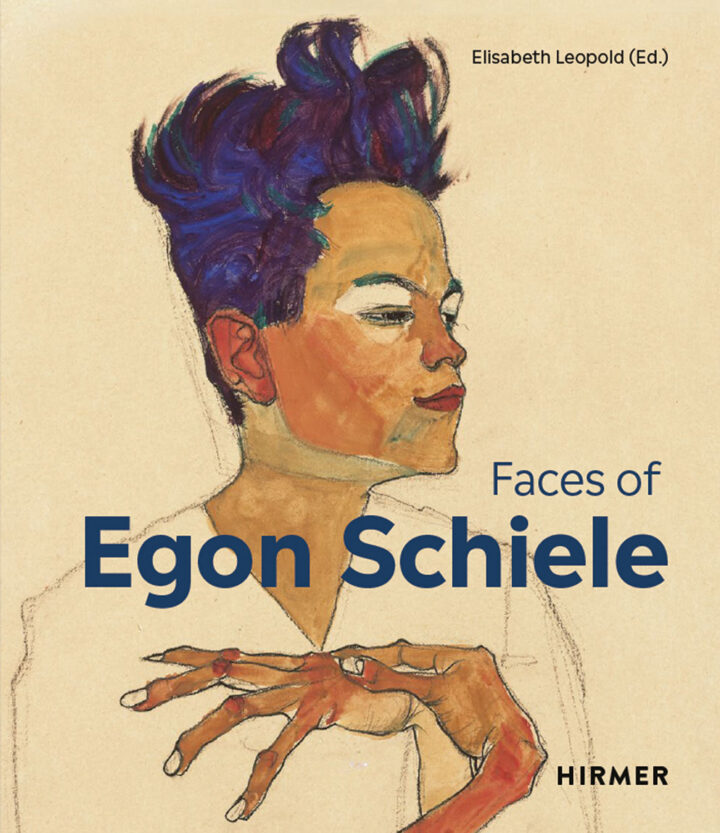Claude Montana is one of the most influential fashion designers of the 1980s. He is known for his avant-garde and futuristic designs in leather, fur and metal that created a new aesthetic of power and self-confidence for women. His life and career were marked by ups and downs, fame and scandals, creativity and crises.
Claude Montana was born in Paris in 1949 to a Catalan father and a German mother. He grew up in an artistic family and was interested in fashion from an early age. In the 1960s he moved to London, where he designed fashion jewelry made of papier-mâché with rhinestones. He returned to Paris in the early 1970s and worked as a freelance illustrator.
In 1974, he began working for MacDouglas, a leather manufacturer in Paris, where he rose to become chief designer. He discovered the possibilities of leather as a material for fashion and experimented with different techniques and shapes. In 1976 he presented his first own collection under his name, which he changed from Montamat to Montana. He attracted attention with his radical leather outfits in black, inspired by the punk and S&M scene.
In 1979, he founded his own fashion company, Montana, and expanded his portfolio to include menswear in 1981. In the 1980s he became a star of the Paris fashion scene with his tight, colorful and geometric designs that featured strong shoulder pads, oversized collars, narrow waists or fur elements. He was dubbed the “architect of shoulder pads.” His fashion was intended for confident power women who wanted to assert themselves in a world dominated by men. His celebrity clients included Diana Ross, Cher, Grace Jones, Jeanne Moreau and Charlotte Rampling.
Claude Montana was a master of tailoring and proportion. He created sculptural silhouettes that accentuated or altered the bodies of his models. He played with contrasts between hard and soft, masculine and feminine, light and dark. He used luxurious materials such as leather, fur, silk or cashmere in bright or neutral colors. He also accented with gold or metal that made his fashion look glamorous or aggressive.
Montana was inspired by various sources, such as architecture, film noir, the science fiction genre or art history. He also referred to different periods of fashion history, such as the 1940s or 1950s, which he reinterpreted or parodied. He was a pioneer of postmodernism in fashion, which was characterized by quotations, irony and hybridity.
Montana had a major impact on fashion in the 1980s and beyond. He shaped the image of the modern woman as strong, independent and sexy. He influenced many other designers such as Jean Paul Gaultier, Azzedine Alaïa and Alexander McQueen. His fashion can still be seen today in museums or at auctions.


